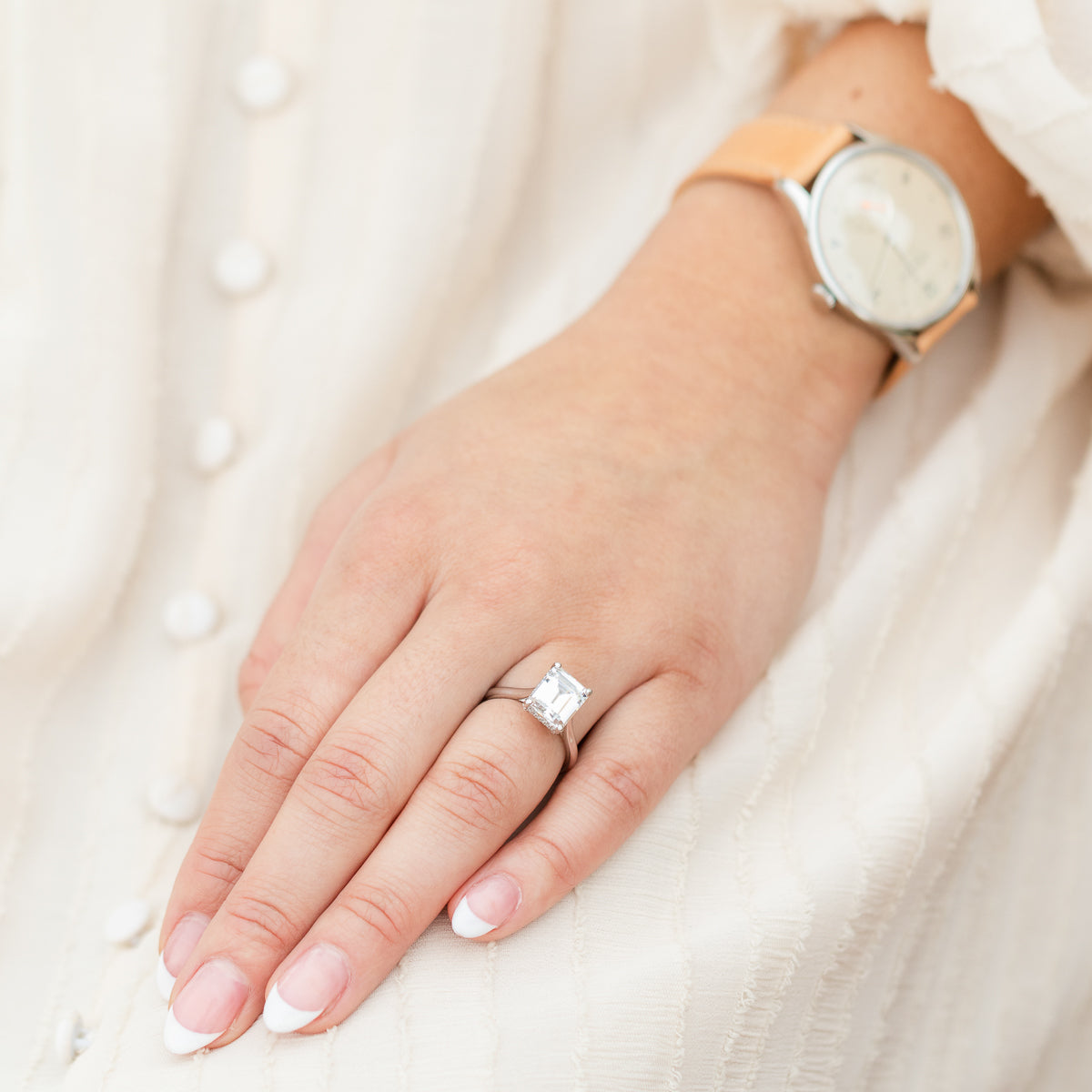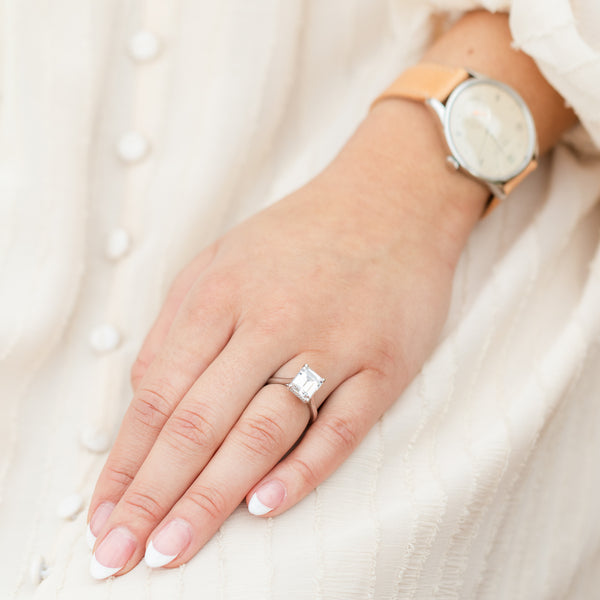
What makes the new diamond on your finger so special? Yes, he picked it out just for you. Yes, it’s the one you’ll have forever. But the fact that the diamond even exists is enough to really dazzle your mind. Check out these five fascinating facts that are all true about your new gem.

It Took Over a Billion Years to Form
A diamond needs 1 to 3 billion years to form (give-or-take a million). But it’s not just time that’s needed. It’s an astonishing combination of temperature and pressure. The temperature comes from the core of our planet, and the pressure comes from the rock above. Volcanic eruptions that haven’t been seen for tens of millions of years would bring raw diamonds to the upper mantle of the Earth very quickly. After a couple billion years of incubation, the diamonds begin to form at a (not-so-easy-to-get-to) 100 miles down.
Diamonds Weren’t Always Bright and White
The ability to cut and polish diamonds as you know them today only began about 100 years ago. Before that, crude methods and rough estimations meant that diamonds were still as cloudy as they were found in nature. After the Middle Ages, you’d find popular cuts like Old European, Old Mine, and the Rose Cut. Diamonds were measured by eye and cut by hand. You can see some of these in our estate collection, and you’ll notice that they are as beautiful as the cuts of diamonds you see today, but not quite as brilliant and white.
A Diamond’s Depth Impacts Size
You likely know that the cut of a diamond is a big factor in the size because it determines how light is diffused throughout the stone. If the cut is too shallow, light will “leak” from the bottom, and you miss out on those dramatic reflections. If the cut is too deep, the stone looks dull and dark. Too deep a cut will also detract from the width of the stone which decreases the look of the size.
Carats or Carob?
“Carat weight” is a name that originates from the seeds of the carob tree. This tree, that’s native to the Mediterranean area, has been cultivated for nearly 4000 years. The seeds of the tree have quite a unique quality. They are always uniform in size. Carob seeds became the standard for weighing precious stones. When the stones were on the scale, their weight was measured in carob seeds, or simply “carobs.” More seeds on the scale meant a more valuable stone. In 1907, the Fourth General Conference on Weights and Measures adopted the Metric Carat as the official measurement for gemstone weights.
The Most Expensive Color Is…
Because diamonds are so hard and compact, impurities almost never make their way in. But, when that happens, the result is an amazing burst of color. The likelihood of finding a diamond is already rare. To find a colored diamond is rare upon rare. Yellow or brown diamonds are caused by nitrogen impurities. Blue diamonds are thanks to boron. Pink and red diamonds are the result of a deformation in the lattice structure. Red diamonds are undoubtedly the rarest of them all. The largest one that has ever been found is a mere 5 carats. A scant sliver when compared to the record holding 500 carat cut white diamond. The most expensive jewel ever sold was earlier in 2017, when Sotheby’s sold a massive pink diamond weighing in at 59.60 carats, and fetching a staggering $71.2 million.


